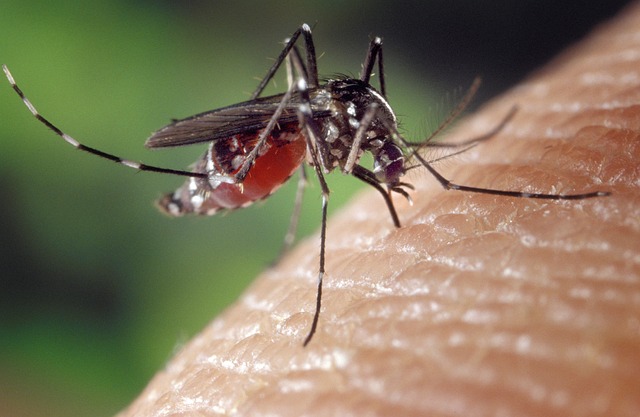Understanding Chandipura Virus and Preventive Measures: A Focus on Gujarat

Chandipura virus (CHPV) is an emerging pathogen belonging to the Rhabdoviridae family, known for causing encephalitis in humans. First identified in the Chandipura district of Maharashtra, India, in 1965, this virus has since been implicated in several outbreaks across the country, with significant cases reported in Gujarat. This article delves into the characteristics of the Chandipura virus, its impact in Gujarat, and the preventive measures that can help mitigate its spread.
Chandipura Virus: An Overview
CHPV is a single-stranded RNA virus transmitted primarily through the bite of infected sandflies, specifically Phlebotomus species. It can cause acute encephalitis, predominantly affecting children aged between 2 to 16 years. Symptoms manifest rapidly, beginning with high fever, vomiting, and seizures, and can progress to altered mental status and coma. The high fatality rate, often exceeding 50%, makes it a serious public health concern.
Chandipura Virus in Gujarat
Gujarat has witnessed several outbreaks of Chandipura virus, with the first major incident recorded in 2003. Subsequent outbreaks have posed continuous challenges for public health authorities. The virus’s preference for children and its rapid progression make early detection and intervention crucial.
Know more about Chandipura Virus Outbreak in Gujarat
Recent Outbreaks and Public Health Response
In recent years, Gujarat has reported sporadic cases of CHPV, particularly during the monsoon season when sandfly populations surge. The state government, in collaboration with national health agencies, has been proactive in its response, implementing surveillance and vector control measures. Despite these efforts, the lack of a specific antiviral treatment and vaccine complicates management strategies.
Preventive Measures for Chandipura virus
Given the absence of specific treatments, prevention remains the most effective strategy against Chandipura virus. The following measures are essential to control its spread:
- Vector Control:
- Insecticide Spraying: Regular spraying of insecticides in and around human habitations, especially during peak transmission seasons, can reduce sandfly populations.
- Larval Control: Targeting sandfly breeding sites, such as garbage dumps, animal shelters, and damp areas, can significantly curb their numbers.
- Environmental Management: Ensuring proper sanitation and waste management to eliminate potential breeding grounds for sandflies.
- Personal Protection:
- Protective Clothing: Wearing long-sleeved shirts and pants, particularly during dawn and dusk when sandflies are most active, can minimize exposure.
- Insect Repellents: Applying insect repellents containing DEET, picaridin, or other effective agents to exposed skin can provide additional protection.
- Bed Nets: Using insecticide-treated bed nets while sleeping, especially for children, can prevent sandfly bites.
- Community Awareness:
- Education Campaigns: Public health authorities should conduct awareness campaigns to educate communities about the risks of Chandipura virus and preventive measures.
- Symptoms Recognition: Training healthcare workers and educating the public to recognize early symptoms can facilitate prompt medical intervention and reduce fatalities.
- Surveillance and Early Detection:
- Monitoring: Establishing robust surveillance systems to monitor sandfly populations and CHPV cases can aid in early detection and response.
- Rapid Diagnostics: Developing and deploying rapid diagnostic tests for CHPV can help in the swift identification of cases, allowing for timely treatment and isolation.
- Research and Development:
- Vaccine Development: Investing in research to develop a vaccine against Chandipura virus is critical for long-term prevention.
- Antiviral Therapies: Exploring antiviral drugs that can effectively combat CHPV infections can improve patient outcomes.
Safeguard yourself from Chandipura virus
The Chandipura virus continues to pose a significant health threat in Gujarat, particularly among children. While the absence of specific treatments and vaccines presents challenges, comprehensive preventive measures focusing on vector control, personal protection, community awareness, and early detection can mitigate the impact of this virus. Collaborative efforts between government agencies, healthcare providers, and the community are essential to control the spread of Chandipura virus and protect vulnerable populations. Continuous research and investment in public health infrastructure will be crucial in the fight against this emerging pathogen.


